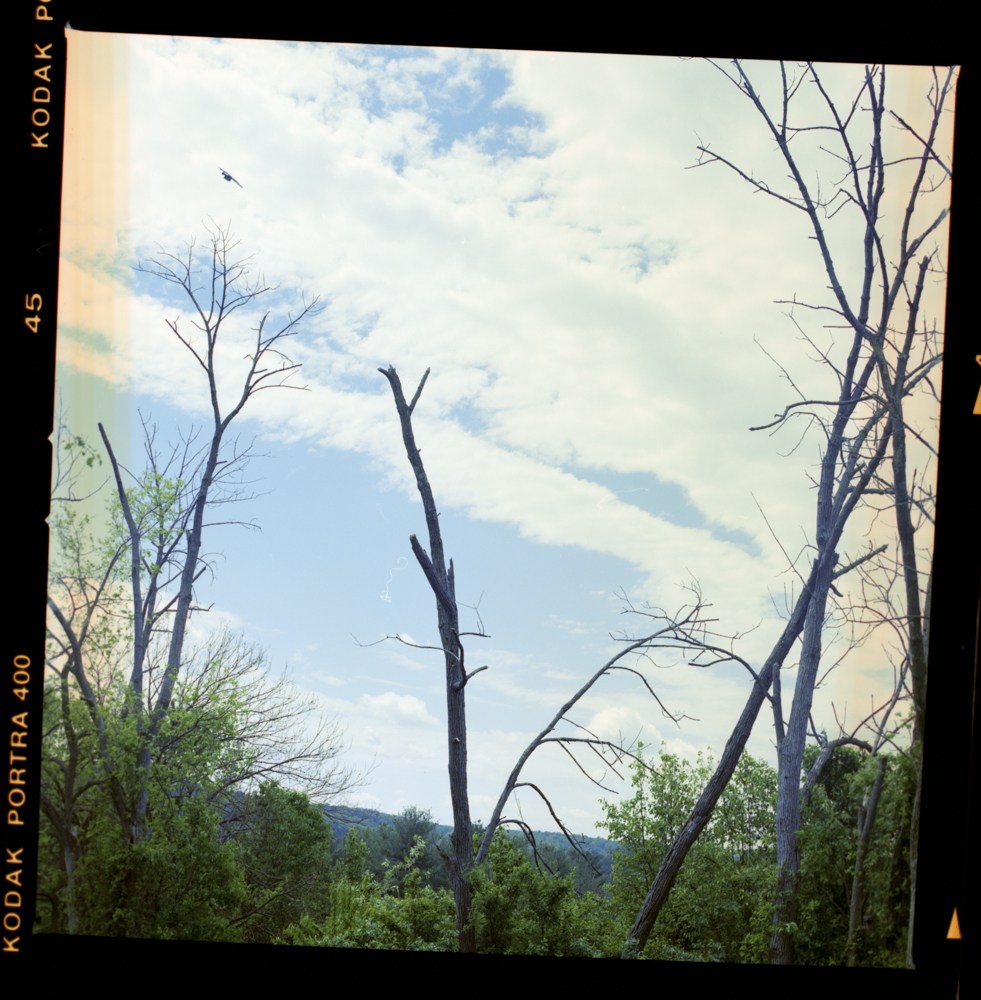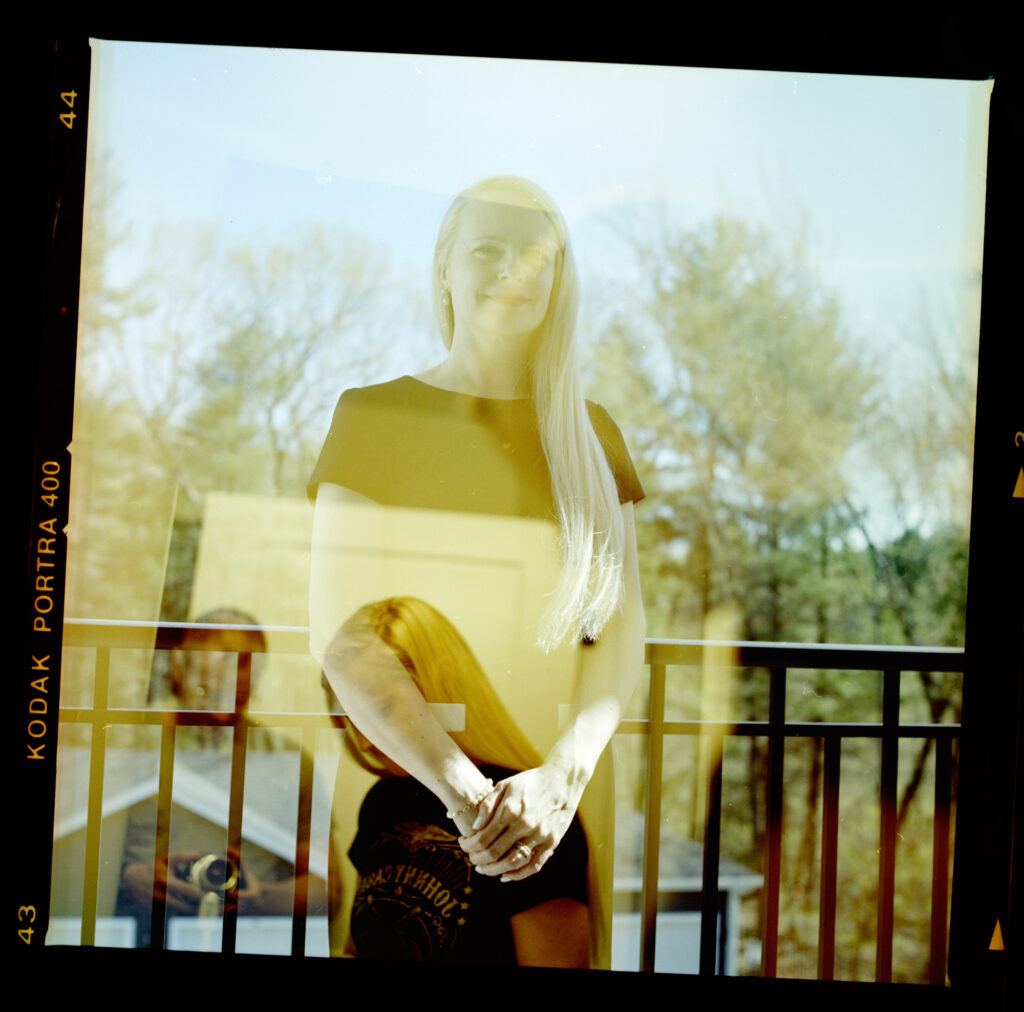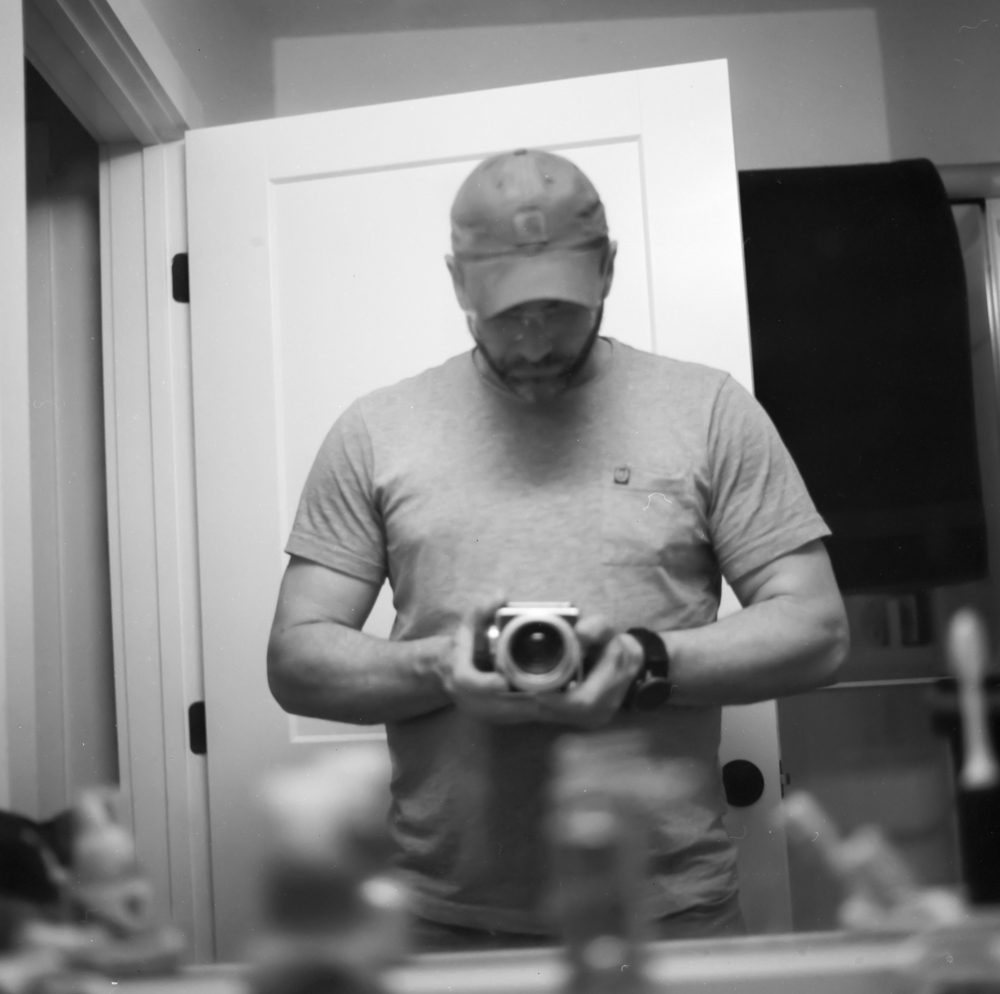Exploring the Beauty of Film, One Frame at a Time
Welcome to my corner of the internet. If you’re curious about medium format photography—or just looking to reconnect with the tactile magic of film—you’re in the right place. Check out my blog section for recent medium format images, tips, and tricks for improving your medium format images.
When I first got into photography, digital didn’t exist. I began with 35mm film on Nikon cameras, learning the basics the slow and intentional way. I eventually transitioned into digital as soon as it became accessible, embracing its convenience and evolving tools. But after nearly two decades of shooting digital, I found myself pulled back toward film—specifically, medium format film.
Why medium format? It struck the right balance. It offers a level of detail and tonality that 35mm can’t quite match, yet doesn’t demand the weight and effort of an 8×10 view camera. After wrestling with the beauty and burden of large format, I found medium format to be a sweet spot—a perfect compromise between image quality, shooting pace, and creative satisfaction.
I currently shoot across multiple formats:
- Nikon digital and legacy lenses (I’ve owned over 100 Nikon lenses over the years)
- Fujifilm GFX (digital medium format—superb image quality, fantastic dynamic range)
- Hasselblad 500cm (my introduction to medium format film)
- 4×5 and 8×10 large format (for those extra deliberate, meditative shoots)
- Pentax 6×7 (new addition, and I’m eager to explore what it brings)
Whether you’re here to learn, reminisce, or explore film photography for the first time, I invite you to follow along as I dive deeper into the world of medium format.
Why Shoot Film in the Digital Age?
In a time when AI-generated images are becoming indistinguishable from real ones, and every phone has a portrait mode, film photography stands apart. It’s slower. It demands your attention. It punishes mistakes—but also rewards patience and intention.
There’s something incredibly human about film. The grain, the texture, the flaws—they all feel like fingerprints of a real experience. Each frame has a cost, and that cost makes you think. A missed shot on film hurts a little more, but a successful one? It means more.
Medium format film, in particular, gives you something rare: depth. Not just in image quality, but in the experience itself.
Common Issues with Medium Format Film
The image below shows some of the challenges you may face starting out with medium format film. Dust, fibers, and botched developing, are all common issues.

The above photo is a random test shot where I somehow botched the development process. There is also a large fiber of some type to the left of the middle tree. If I had to take a guess, my blix solution (bleach & fixer) was exhausted and didn’t completely bleach this photo. I could be wrong, and the rest of the photos from this role were ok. If you shoot medium format digital these issues obviously don’t apply. But where’s the fun in that?
This next photo was double exposed. Since the Hasselblad uses a removeable back, it’s crucial that the back is on the camera when you advance the next frame. I think I took the back off to inspect the doors and cocked the body with the back off, forgetting that the film would not be advanced. That’s also a nice trick if your goal is a double exposure.
These mistakes can be frustrating, especially when the image matters to you—but they’re also part of what makes film rewarding. You’re not just capturing light; you’re learning a craft.

Unfortunately, this pic out on the patio was right before our anniversary dinner, and it’s a pic I actually wanted to capture correctly. This is the nature of film photography. You’re going to have some misses.
What is Medium Format?
Medium format refers to any film or sensor size larger than standard 35mm but smaller than large format (4×5″, 5×7″, 8×10″). It includes classic film systems using 120 or 220 roll film, and also modern digital systems like the Fujifilm GFX and Hasselblad X series.
Advantages of Medium Format:
- Higher resolution and detail
- Shallower depth of field at equivalent focal lengths
- Smoother tonal transitions
- Larger enlargements with less grain or digital noise
Whether you’re shooting analog or digital, medium format gives you the ability to create images with presence, dimension, and a certain look that smaller formats rarely match.
Film Formats & Exposures:
- 6×6 (Hasselblad 500 series) – 12 exposures per roll
- 6×7 (Pentax 6×7) – 10 exposures
- 6×9 (Fujifilm GW690) – 8 exposures
- 220 film – Twice the length, fewer reloads, but harder to find
It may seem odd to want fewer frames per roll, but that’s part of the appeal. Each click matters. You shoot with intention, and you develop with anticipation.

Medium format cameras use 120 and 220 film. While 220 film offers more exposures, the majority of medium format photographers shoot on 120, giving 12 exposures on the 6×6 Hasselblad, 10 exposures on the Pentax 6×7, and only 8 on the Fujifilm 6×9. It may seem counterintuitive to want fewer photos per role, but keep in mind that you have to expose the entire role before you can develop. This was something I never liked about 35mm when 36 exposures became the norm. That’s quite a lot of photos I need to shoot before developing a role.
The Hasselblad 500cm

The Hasselblad 500cm is the camera I chose to start this medium format journey. I chose this particular camera because it’s extremely modular, fully mechanical, and has a timeless design. You can even purchase the Hasselblad digital back, converting this 70 year old camera to digital, if you so choose. I also prefer a waste-level view. The lens I purchased with the camera is the Zeiss 80mm f2.8. It’s the only f2.8 lens that I know of for this camera, but after shooting with it for a while I realize why most lenses for this camera have a maximum aperture of f4, nailing focus with this camera at f2.8 is no easy task. Try as I may, the shot below is not in focus.

To be fair, I was not using the hood magnifier, which does actually help focusing quite a bit.
Developing & Scanning
I’ve been tank developing at home, both B&W and color, and then scanning with an Epson V850. My goal is to get an enlarger to do away with the scanning. There’s nothing inherently wrong with scanning these negatives but I’d also like to learn the enlarging process. I contact print my 8×10 work and there’s just nothing like watching a print materialize before your eyes. I’ve also heard there’s greater latitude and control in tray developing prints. I hope to bring that same magic to medium format with an enlarger.
Join the Journey
Whether you’re a seasoned film shooter or just film-curious, I hope this site gives you inspiration, ideas, and a few good laughs from my own mistakes. Medium format photography isn’t just a format—it’s a mindset. Slower, more thoughtful, more connected.
I’m still learning. Still experimenting. Still missing focus sometimes. But I wouldn’t trade it for anything.
Let’s explore medium format photography together.
Check back for gear reviews, development tips, scanning experiments, and darkroom trials. And if you’re new to film, feel free to reach out—I’d love to hear about your experience.

